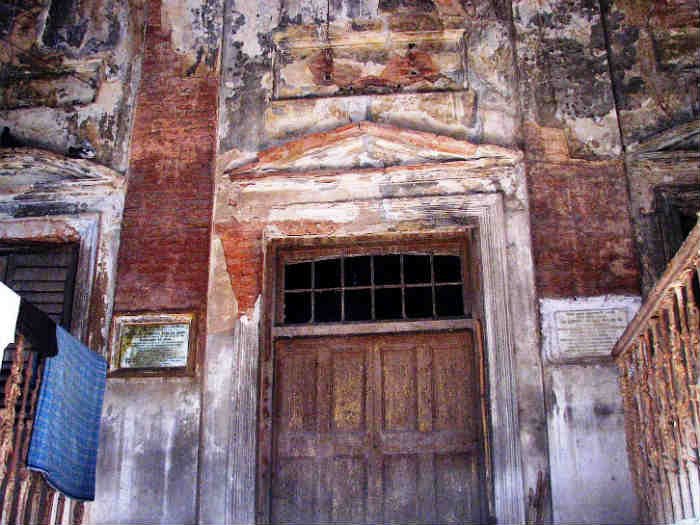They’re still sweeteners of society
Every spring equinox or March 21, a select pocket in Goa hosts a gathering of an endangered people—the Parsis of Goa. But the occasion is a joyous one, as it is Navroze or the celebration of the Parsi New Year. All thoughts of declining numbers are forgotten as soon as the tables, laden with traditional Parsi concoctions of mutton sali boti, chicken farcha, dhansak, patra ni machchi (steamed fish), lagan nu custard (caramel custard) and alcohol come into the picture.
For the uninitiated, Parsi is an ethnic identity restricted to the descendants of Zoroastrian refugees from the Pars region in Persia (now Iran) that escaped persecution in the eighth century.
Legend has it that the refugees escaped via sea and landed on the coast of Gujarat. The story goes that the local ruler expressed concern over accommodating the refugees in an already overpopulated region. Asking for a bowl of milk and some sugar, one of the Parsi leaders dissolved the sugar in the bowl full of milk and made a promise that his people would be like the sugar that would only sweeten the community and not cause it to overflow. They adopted local customs and vowed to not conduct conversions to their faith.
“When the Union territory of Goa got a Parsi lieutenant governor in 1983—Kershasp Tehmurasp Satarawala—advertisements calling all Parsis in Goa to meet him were published in the newspaper. That was when we got to see how many Parsis were in Goa,” shares Yazdi Shroff, who made Goa his home with his wife Serena in the seventies and raised their two daughters here. “Goa was too lovely a place with too lovely a people. It has changed now, but it is still home,” says Yazdi.
It’s mostly the shipping industry or alternative career options that brought Parsis to Goan shores. When Adi Doctor moved to Goa to pursue a teaching career at the state university in 1974, little did he imagine that his grandson would be celebrating what is believed to be the first navjote (initiation ceremony) in Goa. “Goa has given me so much. I wanted all my friends and fellow Goans to experience and witness the thread ceremony,” shares Porus Doctor of his son Shiroy’s navjote ceremony.
But in this Goan paradise, they are devotees without a temple, known to double as a community centre. The nearest agiary (fire temple) is in neighbouring Belagavi in Karnataka. But the absence of an agiary is not all that bad, feel some in the community. “Consecrating a fire temple and bringing the fire, which can never be allowed to extinguish and finding a permanent dastoor (priest) pose major logistical problems. What we need is a community hall where we can gather and interact,” shares Bogmalo resident and a descendant of a dastoor (priest) family Viraf Barucha.
Serena recalls one of the first Parsi couples to move to the state—the Modys, who ran a business establishment in Panaji during the Portuguese era. “They tried to push for an agiary in Goa. But it didn’t materialize,” Serena says.
For the Buhariwallas in Dona Paula, the dream to have an agiary in Goa is a realistic one. “With so many Zoarastrians visiting the state as tourists, having an agiary in Goa is quite practical, provided a trust is set up,” says Hormuzd Buhariwala or patrao to his employees at his cashew factory in Marcaim.
Place of worship aside, if there’s one tenet that drives this rare breed, it is “Good thoughts, good words and good deeds”.
At the Vazifdars’ base in Calangute, the quintessential Parsi humour and food are on offer. Zubin and Mani, moved with their two sons to set up a restaurant and live their Goan dream. They still jokingly squabble about the “cheating” that took place during the calculation of their wedding expenses. “We split the guest dinner charges based on the number of guests the bride and groom invited. And his guests passed themselves off as mine,” Mani says.
“There are plenty of similarities between Parsis and Goans. We enjoy good food and drinks and share our love for Western music and football,” shares Zubin, whose restaurant caters to the annual Navroze festivities that are the initiative of Shireen and Cawas Sidhwa, old-timers in Goa.
For a community that always has and still is punching way above its weight in the country, life is a celebration. “Forget the tiger, save the Parsi,” our bawa Goans say in jest.
Published on Times Of India





